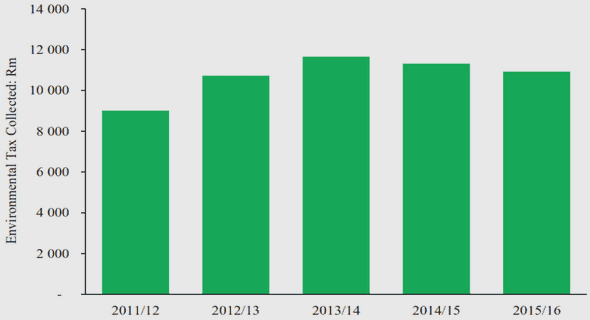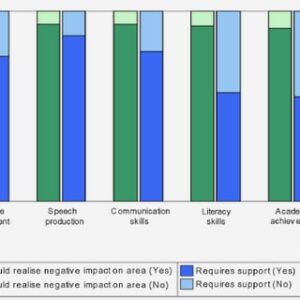(Downloads - 0)
For more info about our services contact : help@bestpfe.com
Table of contents
1 introduction
1.1 Climate and Erosion
1.2 Short-term climate variability and long-term erosion rates
1.3 State of the art
1.3.1 Nonlinearity
1.3.2 General conclusions of nonlinear models
1.3.3 State dependency
1.4 Summary
1.4.1 Measurement techniques
1.4.2 Realistic models
1.4.3 General theory
2 rainfallvariability inthehimalayanorogen
2.1 Abstract
2.2 Introduction
2.3 Data and Methods
2.3.1 Data
2.3.2 Statistical model
2.3.3 The applicability of the statistical model
2.3.4 Data fitting techniques
2.4 Results
2.4.1 Spatial distribution of the gamma shape parameter
2.4.2 Spatial distribution of mean wet day frequencies
2.4.3 Spatial distribution of mean storm intensities
2.4.4 Stationarity
2.4.5 Correlations between intensity, frequency and shape parameter
2.4.6 General along and across strike trends in variability
2.5 Discussion
2.5.1 Rainfall variability and erosion rates
2.5.2 Relevance to the Himalayan orogen
2.6 Conclusions
2.7 Acknowledgements
3 rainfall, hydrology and fluvial erosion efficiency
3.1 Abstract
3.2 Introduction
3.3 The (eco)hydrological model
3.3.1 Rainfall
3.3.2 Soil moisture
3.3.3 Catchment-scale water balance and the streamflow ratio
3.3.4 Daily streamflow
3.4 Integration of hydrology into the stream power incision model
3.4.1 Channel hydraulics and distributions of daily erosion
3.4.2 Mean long-term erosion rates as a function of climate and ecohydrology
3.5 Results and Discussion
3.5.1 Daily streamflow variability and longterm erosion rate
3.5.2 Hydrologic and climatic controls on streamflow
3.5.3 Ecohydrology, climate and erosion
3.5.4 Outstanding issues and limitations
3.5.5 Significance and Future work
3.6 Conclusions
3.7 Appendix A: Distribution of daily streamflow when b = 2
3.8 Appendix B: Analytical approximations for C
3.9 Appendix C: Channel hydraulics
3.10 Appendix D: long-term erosion rate
3.10.1 pdf of daily erosion
3.10.2 long-term erosion rate
3.11 Appendix E: Importance of large floods
4 negative correlation between mean and variability of dis charge
4.1 Abstract
4.2 Introduction
4.3 Section 1: Estimating distributions of discharge from hydrographs
4.3.1 Theory
4.3.2 Results and discussion
4.4 Section 2: Negative correlation of mean and variability
4.4.1 Coefficient of variability
4.4.2 Covariation of daily runoff variability and mean
4.5 Results and Discussion
4.5.1 Monte Carlo simulations
4.5.2 Empirical nonlinear dependence of variability on mean runoff
4.5.3 The effect of the basin response time
4.5.4 Understanding controls on discharge variability
4.5.5 Comparison to data
4.6 Conclusion
5 process independent influence of climatic variability
5.1 Abstract
5.2 Introduction
5.3 Results and Discussion
5.4 Appendix A: Threshold stream power model
5.5 Appendix B: Derivation of tool and cover transport law
5.6 Appendix C: Monte Carlo Simulation Setup


